Female Health Workers Make Life-Saving Contributions to Global Immunization
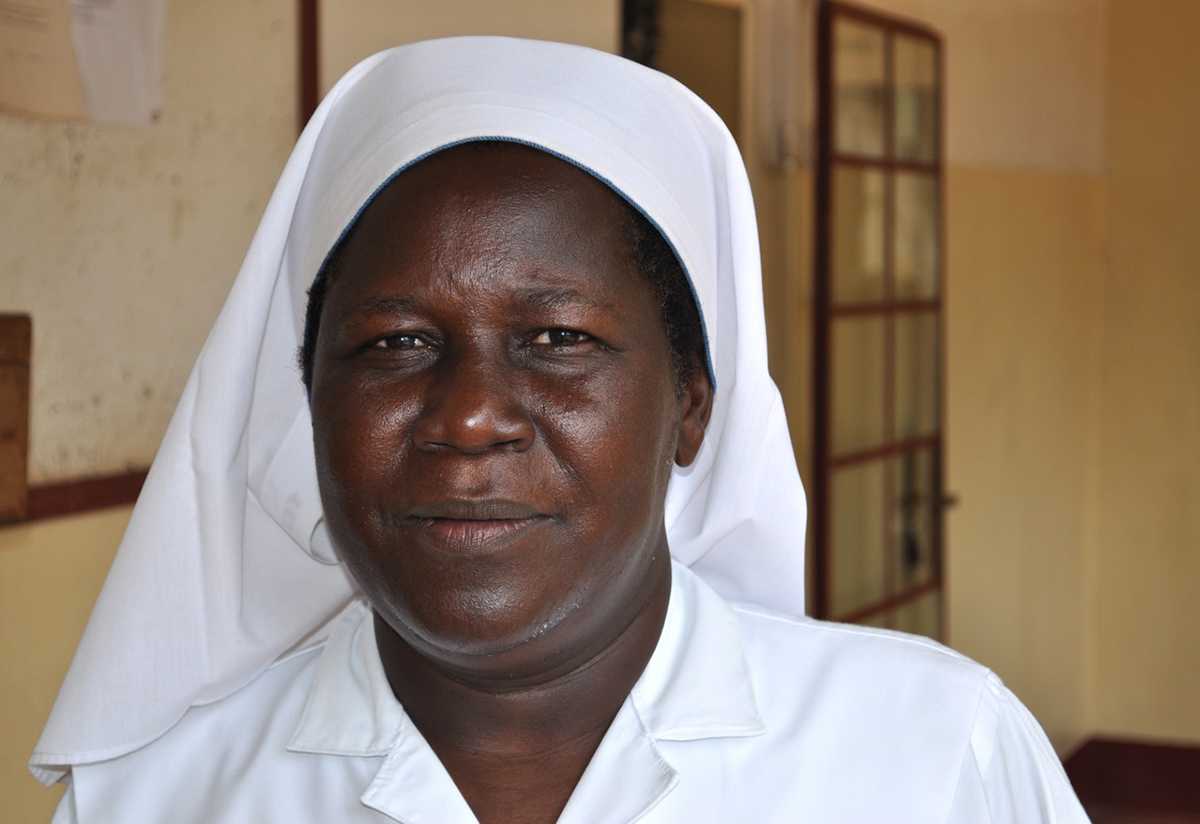
When planning for routine immunizations, mass vaccination campaigns in response to outbreaks, or supplemental immunization activities, it is important to get as many people involved as possible to reach every child. Female health workers often join immunization activities because they know that vaccines work to save lives. © [Photo Credit: Steve Stewart/CDC]
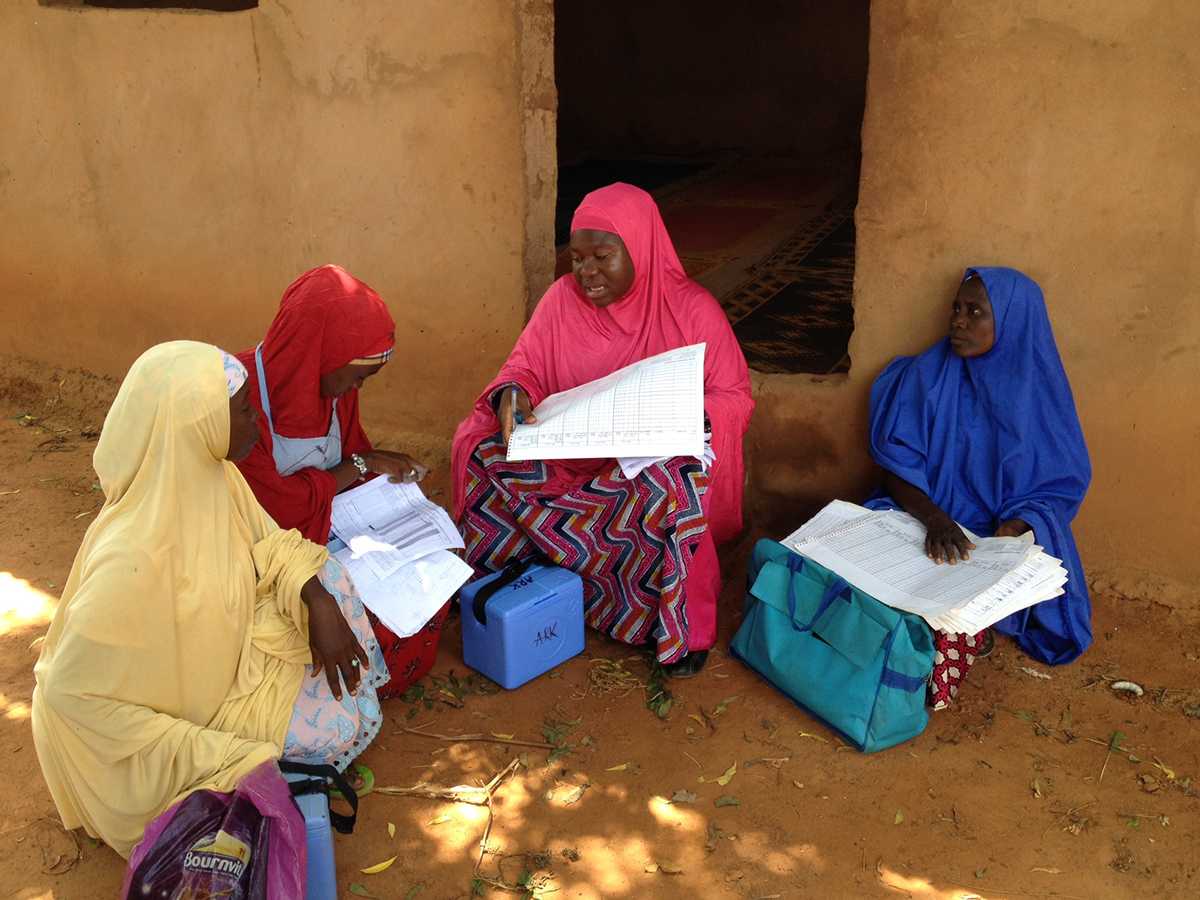
Women contribute to immunization activities around the world in numerous ways. Microplanning is one essential step for immunization activities. It allows teams to keep track of the areas they need to visit and how many people may need vaccines. In Nigeria, a team of female health workers are going over their planned activities for the day. © [Photo Credit: Lisa Esapa/CDC]
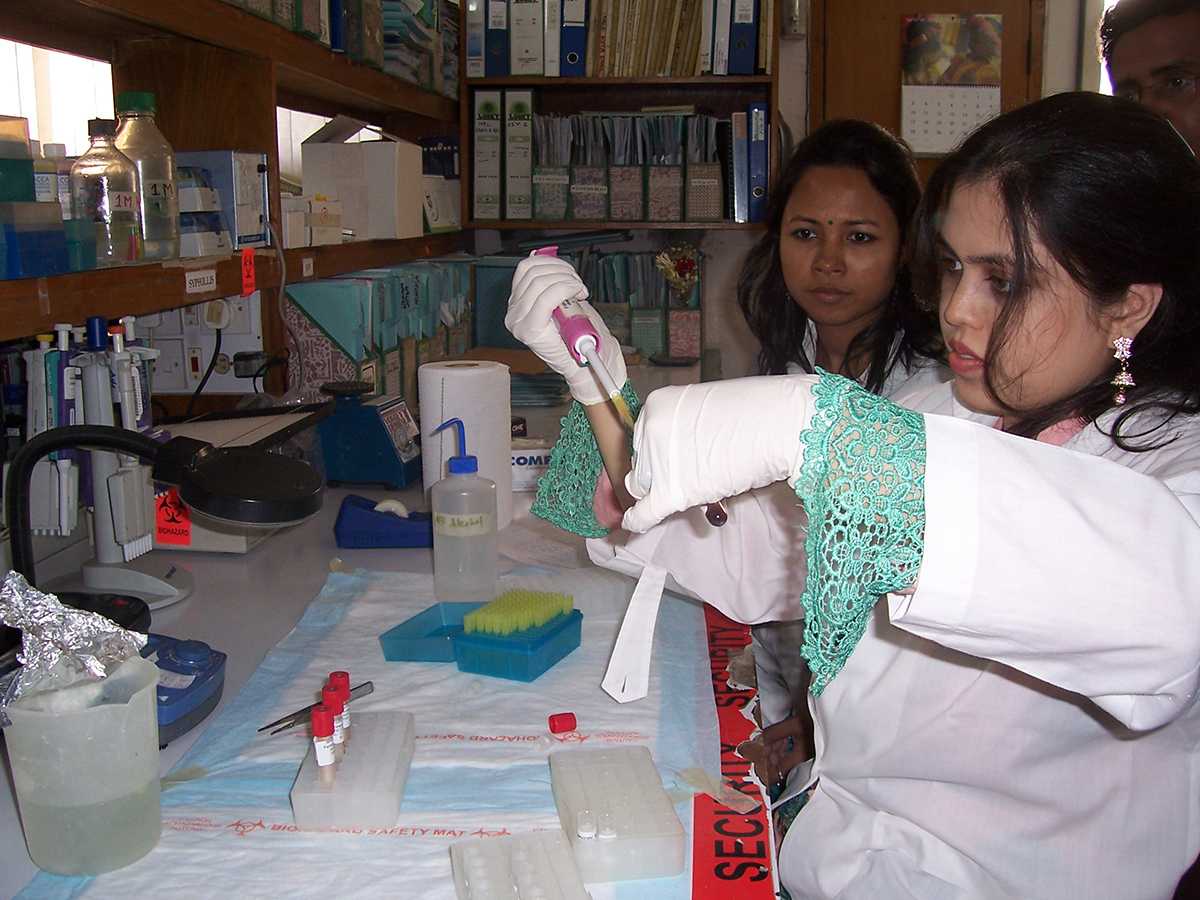
Laboratory testing is especially critical in immunization activities when there is a suspected outbreak. In Bangladesh, female health workers double as “disease detectives” by carefully analyzing samples for the presence of vaccine-preventable diseases. © [Photo Credit: Conchi Estivariz/CDC]
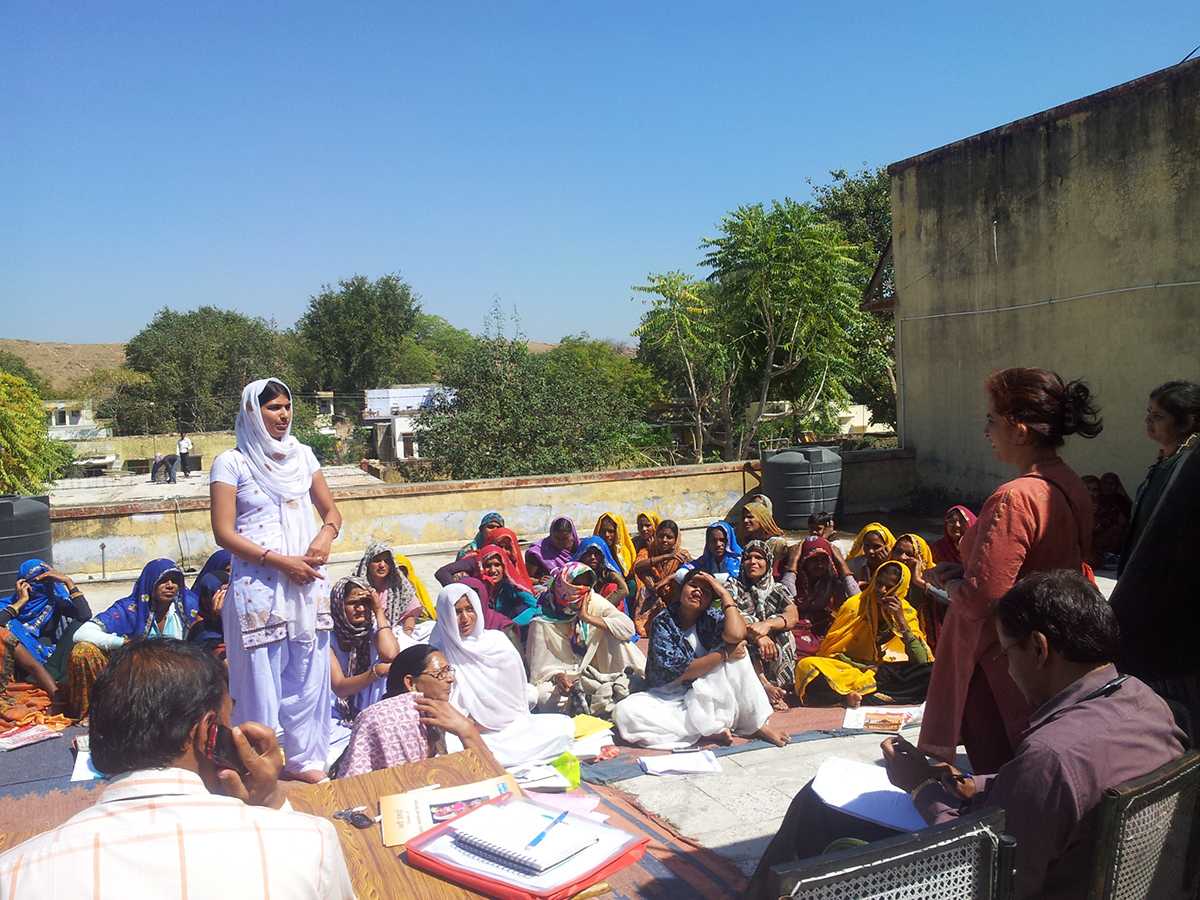
Before vaccination campaigns begin, all individuals must receive training on keeping track of individuals who have (or have not) received vaccines; giving vaccinations to those in need; or working in the lab. In India, female health workers are reviewing the lessons learned from the previous month’s immunization activities before going into the field. © [Photo Credit: Alice Pope/CDC Foundation]
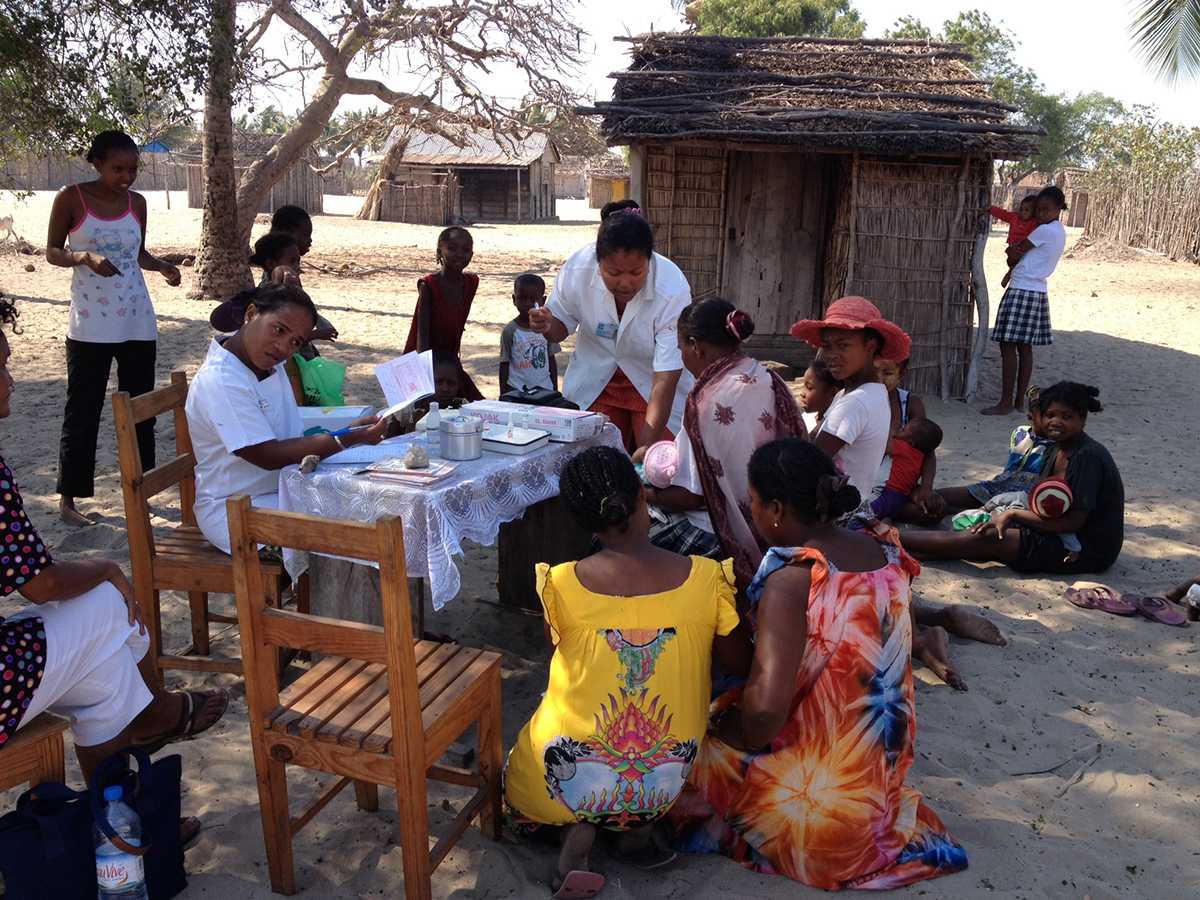
After they receive their training, health workers are ready for field work. At times, female health workers can assist vaccination teams by overcoming cultural barriers. In Madagascar, local women from the community walk for hours to meet the female health workers at different health facilities. © [Photo Credit: Carolyn Sein/STOP Volunteer]Female health workers can provide the nurturing needed to work with the most sensitive patients. In Madagascar, a female health worker tenderly gives a newborn his first set of life-saving vaccines. (Carolyn Sein). © [Photo Credit: Carolyn Sein/STOP Volunteer]
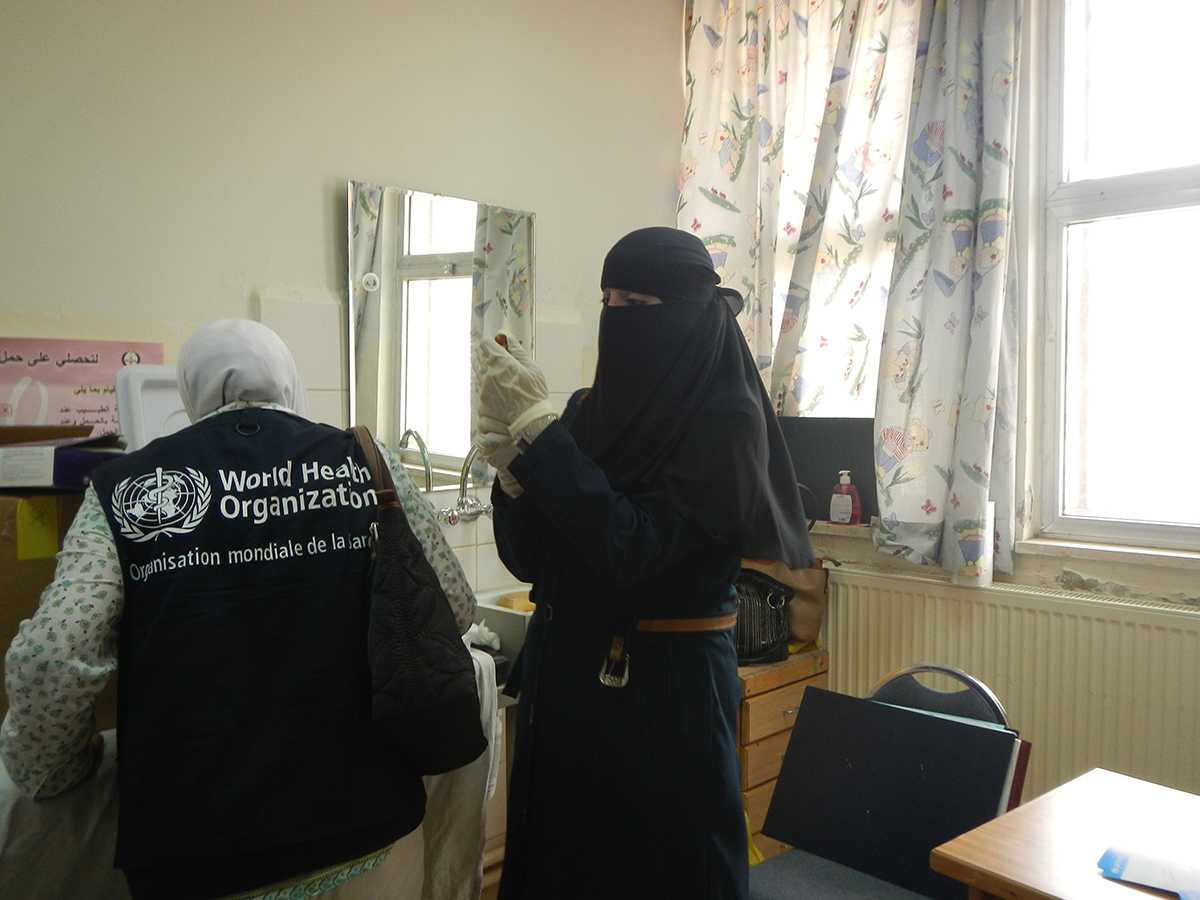
Vaccination campaigns and other immunization activities can be performed by anyone who is willing to learn. In areas affected by civil or political conflict or where people may be less willing to receive vaccines, female health workers are the only people who can access the region or its people at times. In Jordan, Islamic female health workers prepare to participate in a measles vaccination campaign. © [Photo Credit: Mary Alleman/CDC]
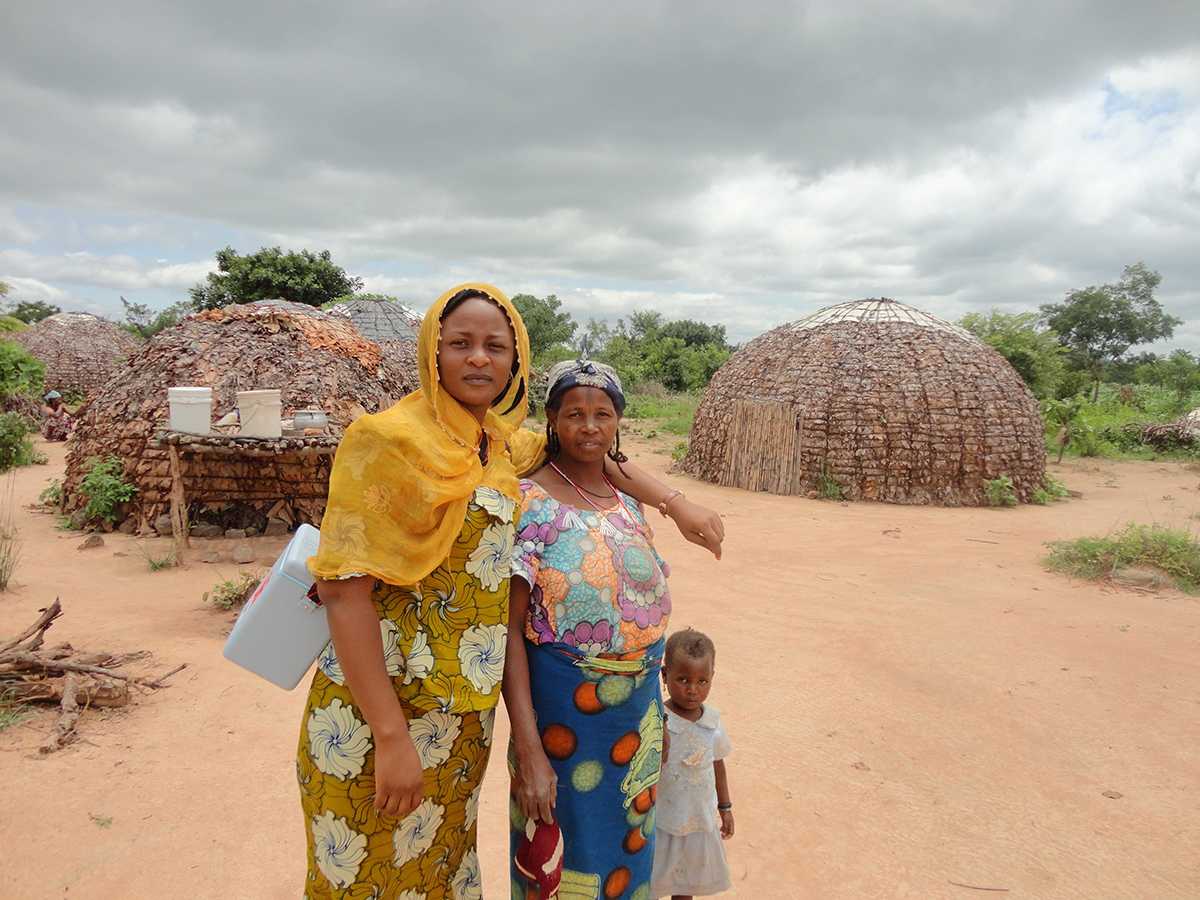
Female health workers are also willing to travel long distances to reach those in the greatest need. In Nigeria, this female health worker accompanied a vaccination team that traveled to a remote community to give vaccinations to children who may have otherwise missed them. © [Photo Credit: Stacie Dunkle/CDC]
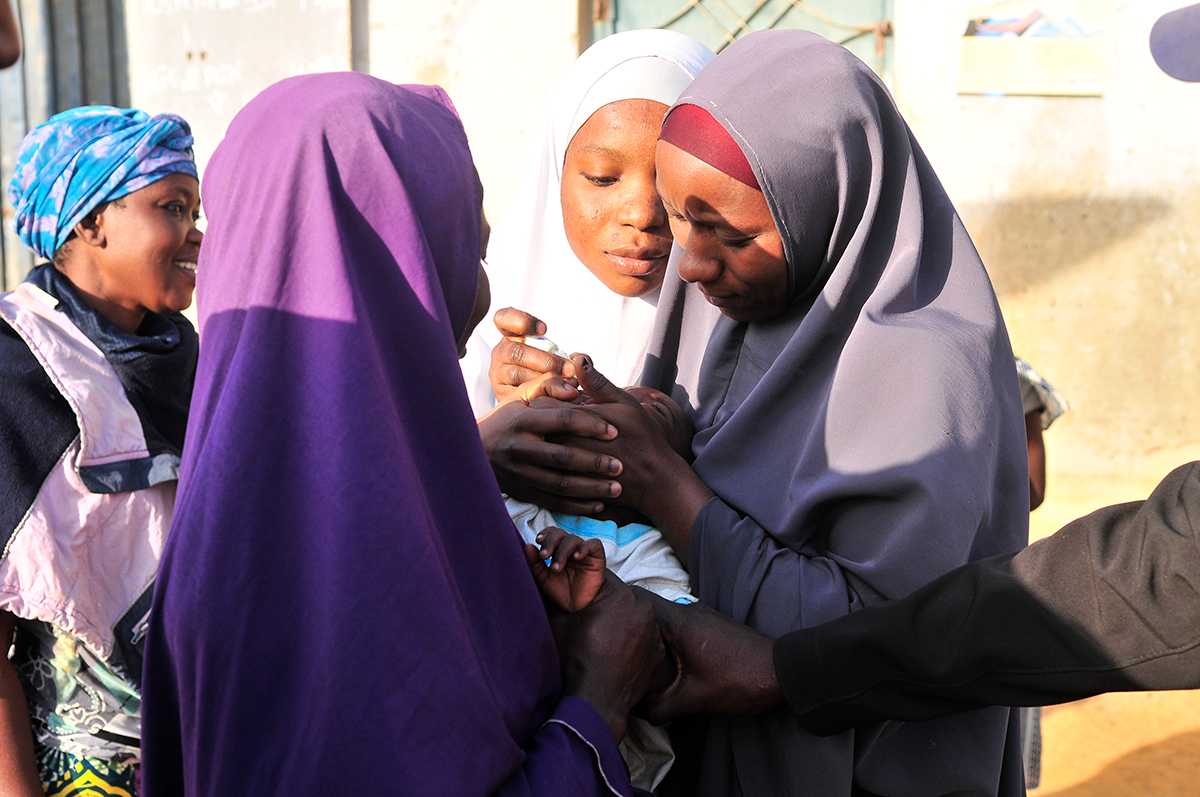
Working together to protect the lives of children and, ultimately, the future of their communities, female health workers do whatever it takes to make sure every child is vaccinated. In Nigeria, female health workers make sure to mark the fingers of children who received vaccines during the recent polio vaccination campaign. © [Photo Credit: Heather Scobie/CDC]
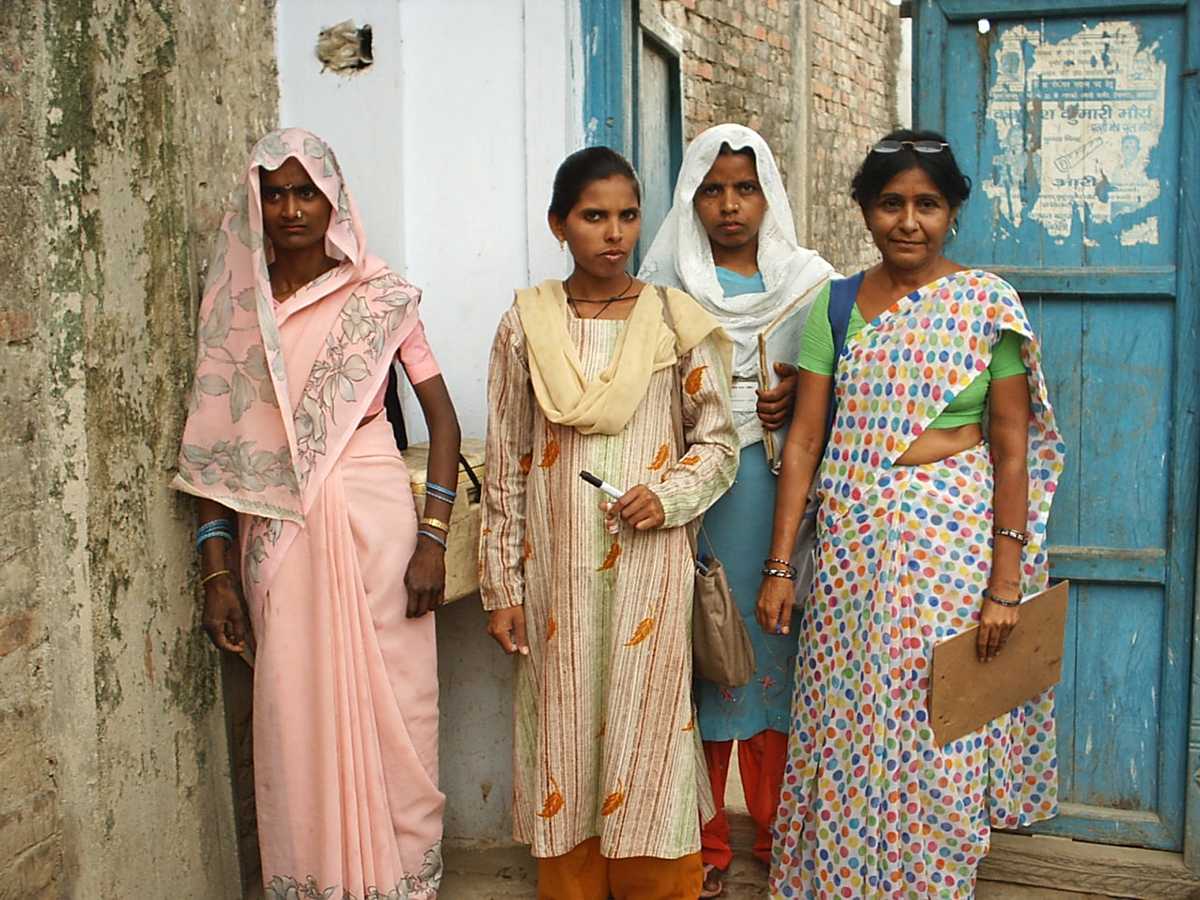
In India, where polio has been eliminated, female health workers prepare for yet another day of immunization activities to keep their citizens safe from imported cases of polio as well as other possible threats. They know that vaccines work to protect people from vaccine-preventable diseases and prevent 2-3 million deaths around the world every year. This is why female health workers continue to join in global immunization efforts no matter what challenges lie ahead. © [Photo Credit: AJ Williams/CDC]
- Page last reviewed: April 28, 2017
- Page last updated: April 28, 2017
- Content source:
Global Health
Notice: Linking to a non-federal site does not constitute an endorsement by HHS, CDC or any of its employees of the sponsors or the information and products presented on the site.


 ShareCompartir
ShareCompartir